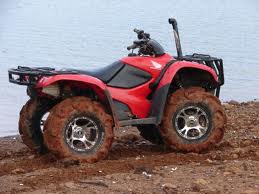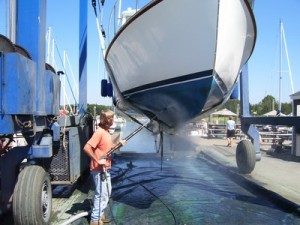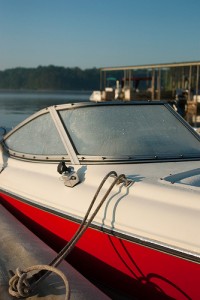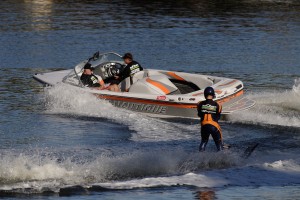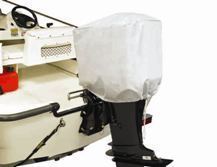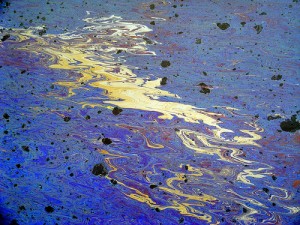Motor Oil: Understanding the Label
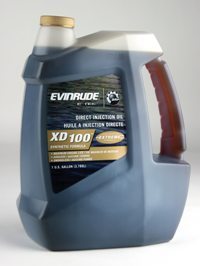 Virtually every oil on the market today is multi-grade oil, meaning it contains additives to maintain viscosity as the engine heats up. As opposed to single-grade oil, such as Evinrude XD 100, you can use premium multi-grade oil in a variety of climates. Most people are familiar with the _W-__ labeling on motor oil, and this actually will tell you the oil’s viscosity as different temperatures.
Virtually every oil on the market today is multi-grade oil, meaning it contains additives to maintain viscosity as the engine heats up. As opposed to single-grade oil, such as Evinrude XD 100, you can use premium multi-grade oil in a variety of climates. Most people are familiar with the _W-__ labeling on motor oil, and this actually will tell you the oil’s viscosity as different temperatures.
The number before the ‘W’ indicates the cold viscosity rating, while the second number is the hot. For example, 10W-40 would be the equivalent to 10-rated oil in the cold and a no more than a 40 when the temp outside heats up. This rating is also used to grade the oil: 0W-30, 0W-40 and 5W-40 are fully synthetic; 5-W-30, 10W-40 and 15W-40 are semi-synthetic; 10W-40 and 15W-40 are mineral.


